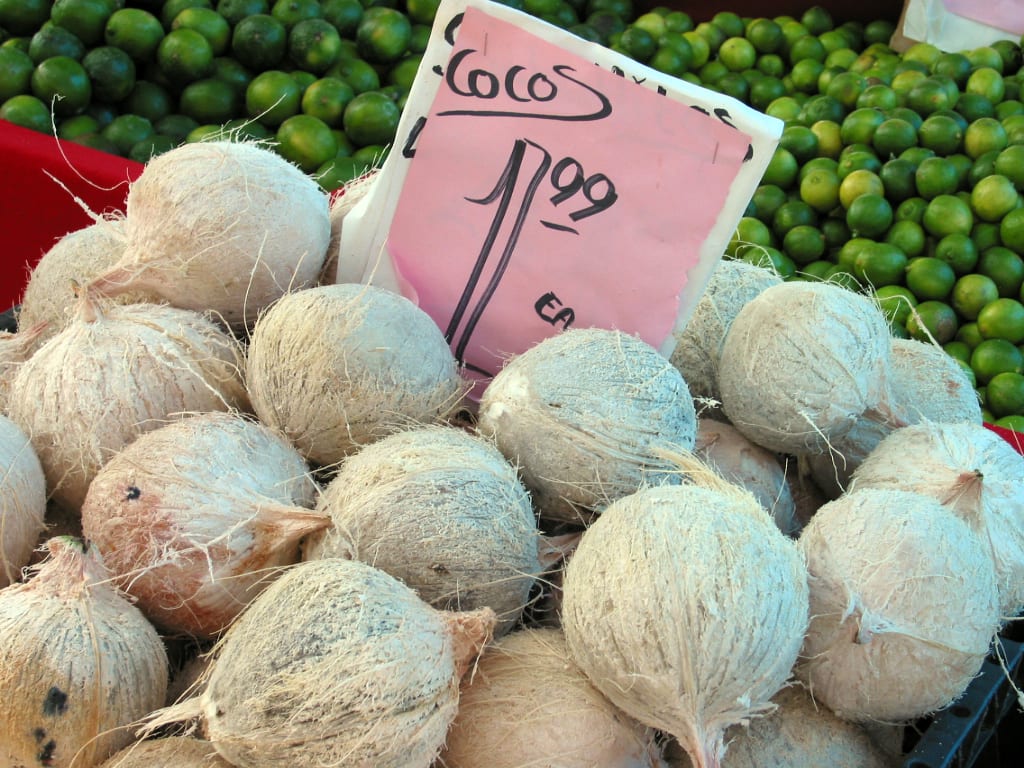Trending Now
From perusing your local supermarket to shopping on Amazon for Black Friday deals, you may notice that the price of nearly every product ends in a familiar number. Strangely, no matter if you’re looking at an expensive flat-screen TV or a can of tuna, the price tag almost always ends in .99.
If you are OCD like me, it can be incredibly irksome. After all, wouldn’t an even number like $5 be a lot more satisfying than $4.99?
Well, the secret behind this pricing strategy is actually pretty simple. It all comes down to one basic concept: psychology.
According to Julie Ramhold, a consumer analyst with DealNews.com, since we read from left to right, we pay less attention to the end of a number than we do the beginning. And let’s face it, if you’re quickly scanning a shelf for a bag of chips, the $4.99 bag does have more appeal than the $5 one, despite the minuscule difference.

Photo Credit: Unsplash
Psychological pricing can have a major effect on purchasing decisions, especially when shoppers are faced with multiple choices in the same category.
“Consumers don’t want to transcend a certain category, so even a penny less may make a huge psychological difference,” explained Subimal Chatterjee, Distinguished Teaching Professor of Marketing at Binghamton University School of Management.
From a business perspective, retailers can capitalize on the psychological pricing concept when it comes down to a change in the number of digits. For example, a product listed for $99.99 technically falls under the three-digit range even though it is essentially $100. Instead of losing a customer because of the three-digit price, a retailer can maximize profit by pricing a product at the top end of the lower range.
Author Mary Potter Kenyon explained, “We see $9.99 and think of it as priced for nine dollars and some cents, instead of rounding it up to ten dollars. We look at a price tag of $10 and we see it as ten dollars, rather than one penny more than the $9.99 price tag!”
For bargain shoppers, even-numbered prices are often available at places like thrift stores, mom-and-pop shops and farmers markets, but this has more to do with the nature of their inventory and the lack of pre-determined prices. No matter where you shop, make sure to consider the full price tag – don’t make the middle-school mistake of rounding to the first digit.
Your wallet will thank you later.






